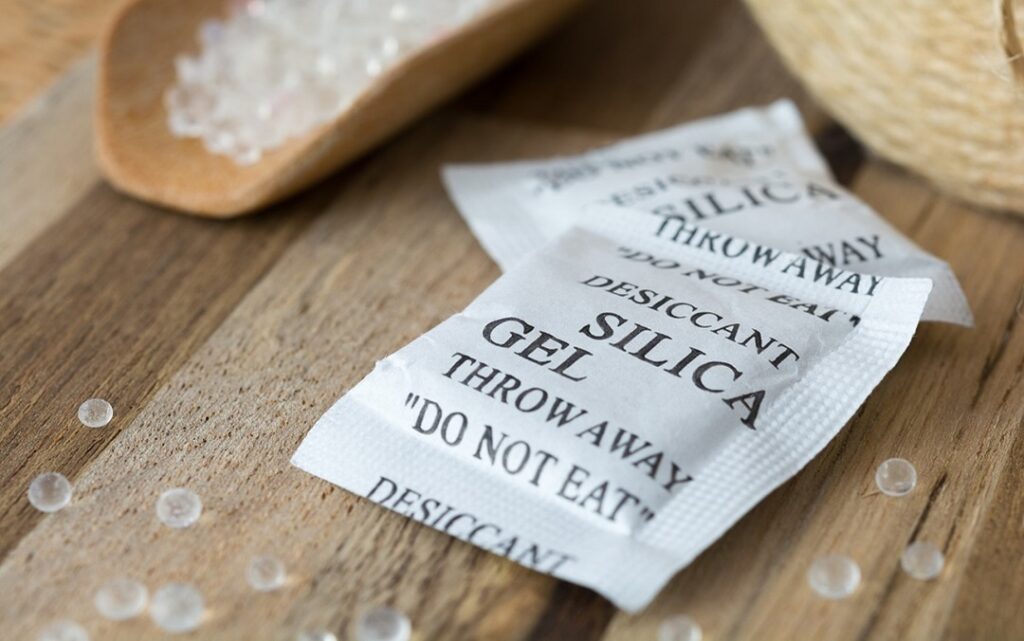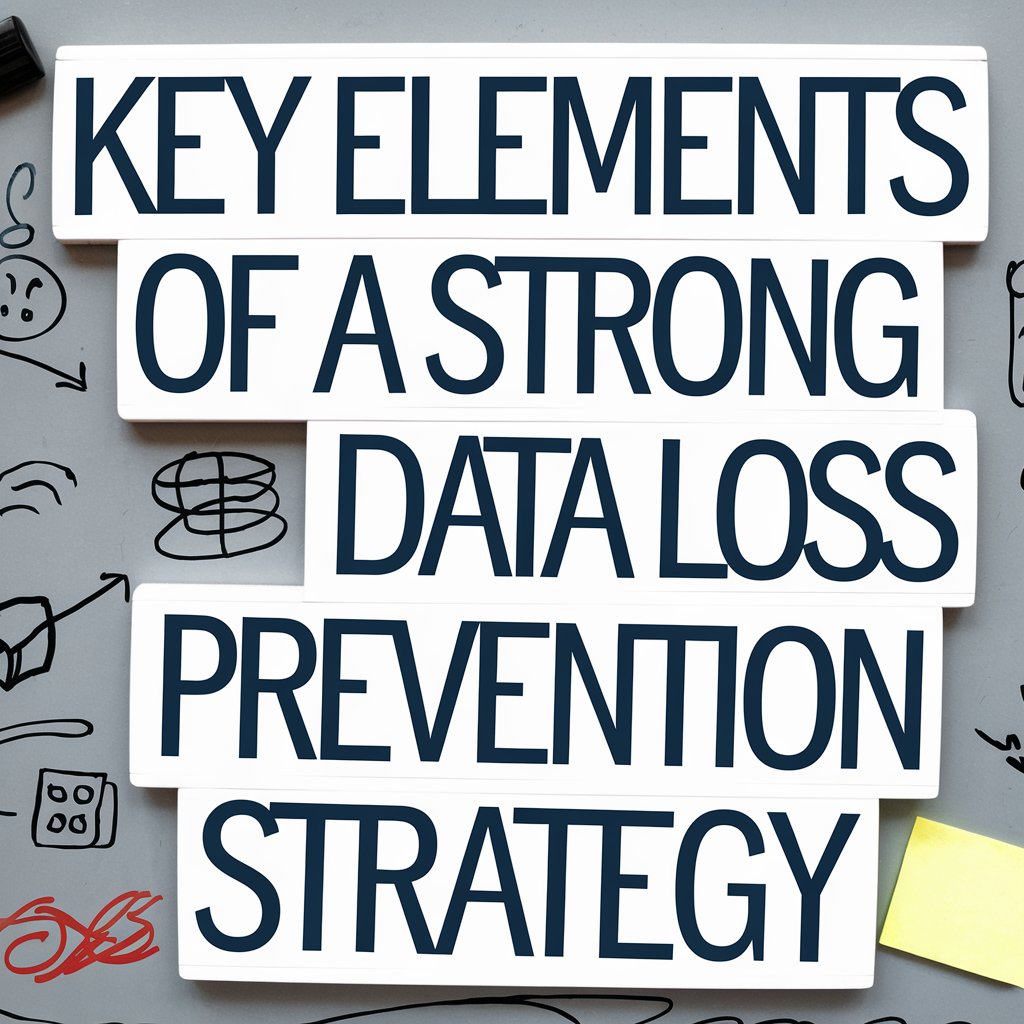In the world of packaged goods, desiccant packets play a crucial role in maintaining product freshness and integrity by absorbing moisture and preventing mold, mildew, and other forms of moisture damage. From pharmaceuticals to electronics and, notably, food items, desiccants are ubiquitous. However, when it comes to food-grade safety, consumers often wonder: which desiccant packets are truly safe?
Understanding Desiccant Packets:
Desiccant packets are typically small sachets or bags containing various moisture-absorbing materials such as silica gel, activated carbon, montmorillonite clay, or molecular sieves. These materials effectively adsorb moisture from the surrounding environment, prolonging the shelf life of packaged goods.
Importance of Food-Grade Safety:
In the context of food packaging, ensuring the safety of desiccant packets is paramount. Food-grade safety standards dictate that any material or additive that comes into direct or indirect contact with food must be non-toxic and safe for consumption. Contamination from non-food-grade desiccants could pose serious health risks if ingested accidentally.
Identifying Food-Grade Desiccant Packets:
- Labeling and Certification: Reputable manufacturers of food-grade desiccants often label their products explicitly as “food-safe” or “food-grade.” Additionally, certifications from regulatory bodies such as the FDA (Food and Drug Administration) provide assurance of compliance with safety standards.
- Material Composition: Food-grade desiccants typically use materials recognized as safe for food contact by regulatory authorities. Silica gel, for example, is widely accepted as a food-safe desiccant material due to its inert nature and high adsorption capacity.
- Packaging Design: Desiccant packets intended for use in food packaging are often enclosed in food-grade materials such as Tyvek or non-woven fabrics to prevent direct contact between the desiccant and the food product.
Common Types of Food-Safe Desiccants:
- Silica Gel: Perhaps the most widely used desiccant, silica gel is chemically inert and considered safe for use in food packaging. It is often found in small, translucent packets within food containers.
- Activated Carbon: Another popular choice for food-grade desiccants, activated carbon possesses excellent adsorption properties and is commonly used in applications where odors or off-flavors need to be mitigated.
- Montmorillonite Clay: This natural clay mineral is often used in food packaging to control moisture and prevent spoilage. It is deemed safe for food contact and can be found in various forms, including packets and desiccant film.
The Role of Desiccant Films:
Desiccant films, also known as desiccant sachets or bags, are thin, flexible sheets containing desiccant material sealed within. These films offer a versatile solution for moisture control in food packaging, particularly in applications where space or shape constraints limit the use of traditional desiccant packets.
Best Practices for Using Desiccant Packets in Food Packaging:
- Placement: Desiccant packets should be strategically placed within food packaging to ensure maximum effectiveness. Placing them near the top or bottom of the container, away from direct contact with the food, helps prevent accidental ingestion.
- Monitoring and Replacement: Regular monitoring of desiccant packets is essential to ensure they remain effective over time. Depending on storage conditions and the moisture content of the packaged food, desiccants may need to be replaced periodically to maintain optimal performance.
- Compatibility Testing: Before using a particular type of desiccant packet in food packaging, it’s advisable to conduct compatibility testing to ensure that the desiccant material does not interact with the food or packaging material in a way that compromises safety or quality.
Environmental Considerations:
- Disposal: Proper disposal of used desiccant packets is important to prevent environmental contamination. Many desiccant materials, such as silica gel and activated carbon, can be disposed of safely in household waste or recycled where facilities are available.
- Biodegradable Options: Manufacturers are increasingly exploring biodegradable alternatives to traditional desiccant materials to reduce environmental impact. These eco-friendly desiccants, often derived from natural sources, offer effective moisture control while minimizing the use of synthetic chemicals.
Emerging Trends and Innovations:
- Smart Desiccants: With advancements in sensor technology, smart desiccants equipped with moisture sensors are becoming increasingly prevalent. These intelligent desiccants can provide real-time data on moisture levels within packaged goods, allowing for proactive moisture management and quality assurance.
- Edible Desiccants: In a bid to minimize waste and enhance consumer safety, researchers are exploring the development of edible desiccant materials that can safely be consumed along with the packaged food. These innovative solutions offer a novel approach to moisture control while eliminating the need for separate disposal.
Regulatory Landscape:
- Global Harmonization: Harmonization of food safety regulations and standards across international borders remains a key focus area for regulatory authorities. Efforts to align standards for desiccant materials and food packaging aim to facilitate trade while ensuring consistent safety standards.
- Risk Assessment: Regulatory agencies conduct risk assessments to evaluate the safety of desiccant materials and their suitability for use in food packaging. These assessments consider factors such as toxicity, migration potential, and overall risk to consumer health.
Conclusion:
As the demand for packaged food products continues to rise, the importance of safe and effective moisture control cannot be overstated. By adhering to food-grade safety standards, leveraging innovative solutions, and staying abreast of regulatory developments, manufacturers and consumers alike can ensure the integrity and safety of packaged foods for years to come.






